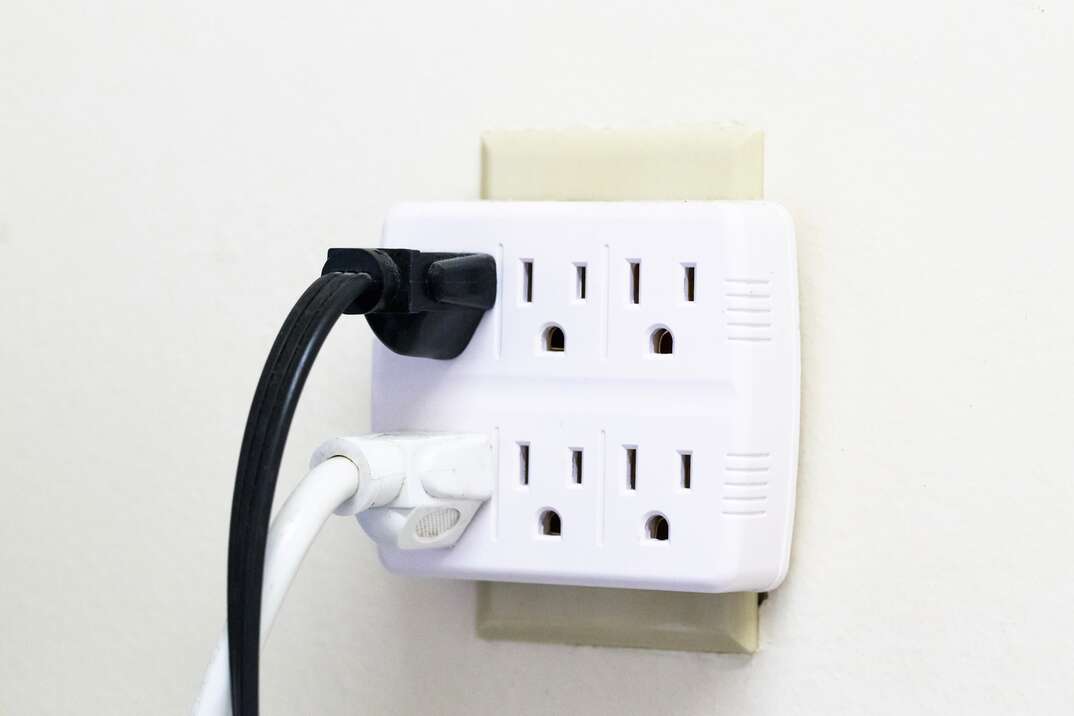Can You Leave Small Appliances Plugged in?

The convenience of keeping small appliances like blenders, coffee makers and toasters plugged in is undeniable.
However, there's an ongoing debate about whether this convenience comes at an environmental and financial cost.
Can You Leave Small Appliances Plugged in When Not in Use?
Many households grapple with the decision of whether to unplug small appliances when they're not in use. The answer depends on various factors, including the energy consumption of the specific device, individual energy-saving habits and the potential risks associated with leaving them connected.
On one hand, certain appliances, like phone chargers and standby mode-enabled devices, consume minimal energy when left plugged in. On the other hand, appliances with standby features can still be energy consumers, drawing power even when seemingly turned off. The U.S. Department of Energy says that unplugging devices can indeed save energy and reduce electricity bills, emphasizing the importance of pulling the plug when these appliances are not actively in use.
Energy consumed by small appliances when not in use has become known as vampire power, and the DOE says that it can cost homeowners between $100 to $200 extra on their annual power utility bills.
Should You Leave Small Appliances Plugged in While You're Out of Town?
Extended periods of absence, such as a week-long vacation, add an additional layer to the debate. Leaving small kitchen appliances plugged in during this time can result in unnecessary energy consumption, contributing to increased utility bills and environmental impact.
Considerations should be made for devices that draw power continuously, such as cable boxes, game consoles and printers. While these devices may seem harmless when inactive, they often contribute significantly to energy consumption. Implementing energy-saving strategies like utilizing smart power strips or unplugging these devices before leaving can help mitigate this issue.
Pros and Cons of Leaving Small Appliances Plugged in
Pros
Convenience
Leaving small appliances plugged in provides convenience, allowing users to use them instantly without the hassle of plugging and unplugging.
Standby Features
Some modern appliances are designed with energy-efficient standby features, ensuring minimal power consumption when not in use.
Device Longevity
Constantly plugging and unplugging appliances may lead to wear and tear on power cords and connectors. Leaving them connected may contribute to the longevity of these devices.
Cons:
Energy Consumption
Small kitchen appliances left plugged in contribute to standby power consumption, leading to increased electricity bills and environmental impact.
Power Surge Risks
During thunderstorms or power fluctuations, leaving appliances plugged in can expose them to the risk of power surges, potentially causing damage.
Fire Hazards
Although rare, faulty wiring or defective appliances left plugged in can pose a fire hazard, emphasizing the importance of periodic safety checks.
Device Resets
Some devices need a small amount of power to keep backup functions in operation, so unplugging them would cause a complete reset of the device.
More Related Articles:
- How Do I Tell If an Electrical Issue Is Serious?
- Can One Bad Outlet Affect Others?
- How to Reset a GFCI Outlet
- What’s in My Electrician’s Van?
- 7 Ways to Save on Your Electric Bill
Use Smart Devices and Timers to Help
One possible solution to this dilemma would be to use smart outlets and power strips. These devices can be programmed to shut power to devices at certain times of the day on an automated routine established through an app on your phone. They also usually allow remote control from the same app. So, if you forget to unplug your coffee maker before going on a long trip, you could simply turn the outlet off using the app.
The decision to leave small appliances plugged in when not in use is a balancing act between convenience and energy conservation. While the convenience of instant access is undeniable, the environmental and financial costs associated with standby power consumption, power surges and potential hazards cannot be overlooked. Ultimately, striking a balance between convenience and sustainability is key to making informed choices in the modern, energy-conscious household.
Elocal Editorial Content is for educational and entertainment purposes only. Editorial Content should not be used as a substitute for advice from a licensed professional in your state reviewing your issue. Systems, equipment, issues and circumstances vary. Follow the manufacturer's safety precautions. The opinions, beliefs and viewpoints expressed by the eLocal Editorial Team and other third-party content providers do not necessarily reflect the opinions, beliefs and viewpoints of eLocal or its affiliate companies. Use of the Blog is subject to the
Website Terms and Conditions.The eLocal Editorial Team operates independently of eLocal USA's marketing and sales decisions.



